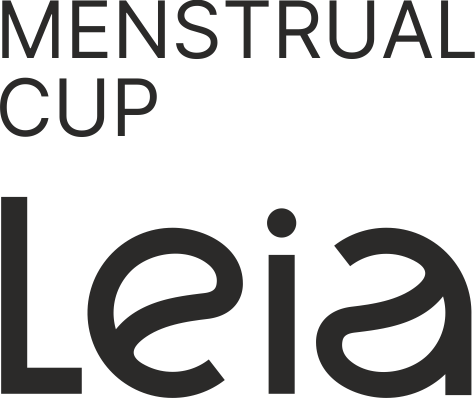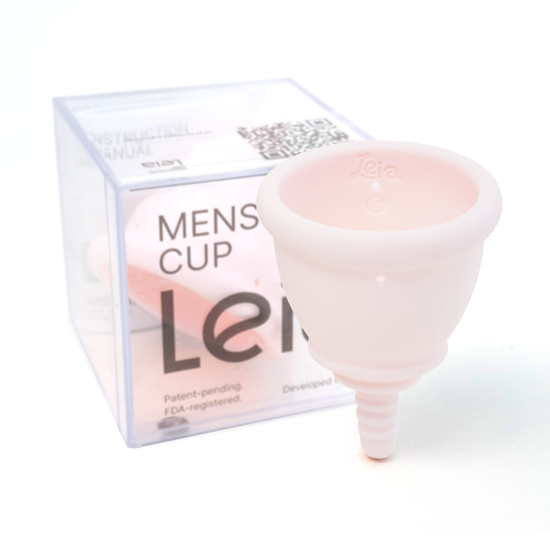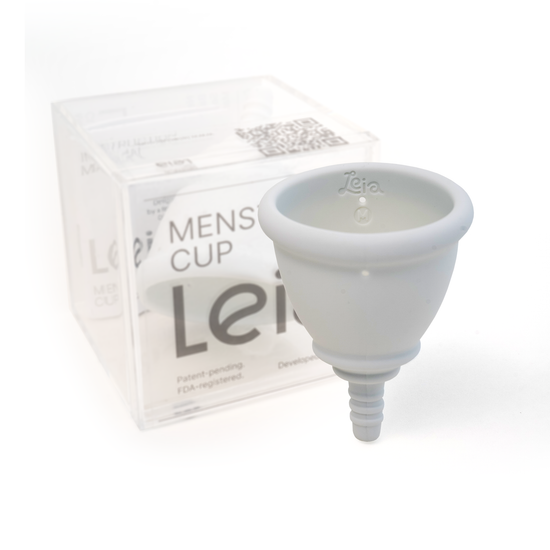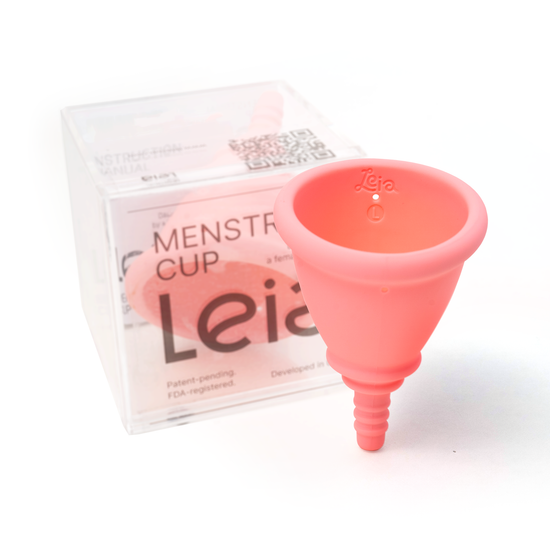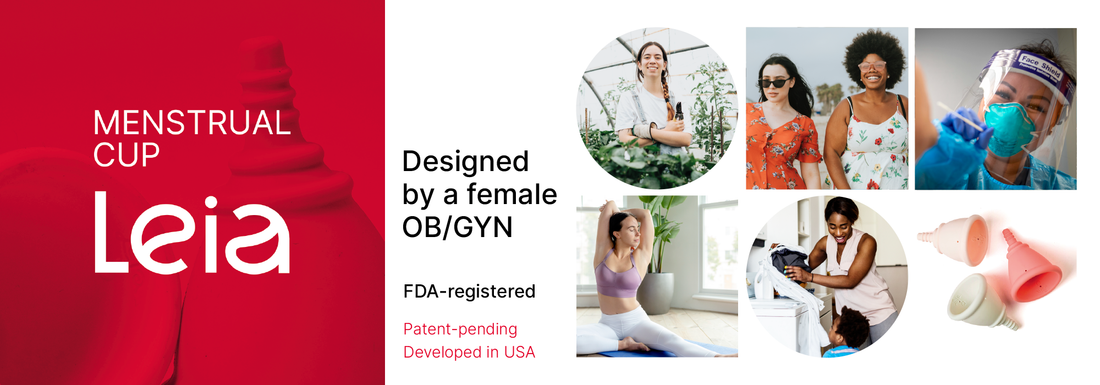
Menstrual Cups 101: Benefits, Usage, and Choosing the Right One
For a long time, traditional pads have dominated the menstrual hygiene conversation. To the average menstruating person, sanitary pads appear the best choice. Interestingly, many are unfamiliar with the comfortable alternative – menstrual cups. However, the sanitary cup is taking its rightful place in the menstrual hygiene circle. There is now a steady shift and encouraging acceptance of this product.
You might wonder, what is menstrual cup? What exactly is the buzz around menstrual cups? Is this product really a game changer for women? Are menstrual cups safe and effective like menstrual pads? How can a newbie or first-timer use menstrual cups? We shed light on these questions and other incidental issues in this article.
What is Menstrual Cup?
As the name implies, menstrual cups are basically cups for menstruation purposes. Menstrual cups come in funnel or bell shapes to allow for effective usage. They are flexible so that you can insert them into your vagina without complications. After inserting the foldable cup, it unfolds inside your vagina and acts as a protective wall against your underwear. In short, menstrual cups effectively prevent menstrual fluids from staining your clothes. When the cup is full, you can take it out and empty the fluid safely.
Now, depending on your preference, menstrual cups are made of latex, thermoplastic isomer or silicone. If you are latex-intolerant, you can opt for the silicone version.
When Menstrual Cups Were First Developed?
You may be tempted to think the menstrual cup is a recent innovation. Indeed, this product dates far back to the 19th century. SL Hockert holds a reputation as the first person to be granted a menstrual cup design patent in 1867. This version of the menstrual cup was made with rubber and attached to a ring.
Since 1867, there have been improvements in subsequent menstrual cup models. It is estimated that the menstrual cup market will peak at $1.89 billion in 2026
Benefits of Menstrual Cups vs Tampons
-
Cost-effective
When you visit the grocery store, you will most likely choose the cheaper product that suits your needs. That scenario is what applies to menstrual cups and tampons. The former is the cheaper alternative.
Generally, tampons are made of cotton. And cotton doesn't do well with much liquid. This implies that you have to dispose of them after 4-8 hours, depending on your flow. On average, you are likely to spend between $50-$100 yearly on tampons. And if you are the type that experiences heavy flows, you might be spending much more.
Menstrual cups, on the other hand, are reusable. They are a one-time investment that can save you some bucks in the long run. Depending on your chosen brand, you can use menstrual cups for at least 8 months. With as low as $20-$40, you can buy a menstrual cup that will serve you for 10 years. The duty of care only lies with you. Make sure you wash the cup and keep it safe.
- Menstrual Fluid Odor
Menstruation is a natural occurrence of a mature female body. But would you like your co-workers or strangers to avoid you because of the embarrassing odor oozing from your menstrual flow? Of course not!
Unlike tampons, menstrual cups keep fluids safely. The fluids are prevented from air exposure, and you can confidently continue your daily routine.
- Vaginal Health & Infections
Tampons are a leading cause of vaginal dryness. Do you care to know how this happens? Ok, let’s get right into it.
Tampons have fibers as part of their composition. When you use them, friction usually occurs against the vaginal walls, resulting in fiber shedding. And this may lead to vaginal dryness and other dangerous infections.
Besides fiber shedding, chemicals that make up tampons can affect vaginal health. Tampon cotton contains chemicals like dioxins and bleach, which can deal a fatal blow to your vagina.
Using menstrual cups saves you from worrying about dangerous chemicals coming in contact with your vagina. Menstrual cups are made with medically-examined silicone components.
According to a Kenyan medical study by Philips-Howard PA et al., inert materials in menstrual cups help to maintain a healthy vaginal pH and microbiome.
- Convenience & Leakages
Menstrual cups are more convenient than tampons or menstrual pads. Using the latter, you have to visit the toilet and change your pads in a few hours. Menstrual cups afford you more time to do productive things. You can even use them overnight without worrying that a heavy flow will mess up your clothes or bed.
If you experience leakages using menstrual cups, you may be suffering from menorrhagia, unusual anatomy of the uterus, unusual anatomy of the uterus or incorrect placement of the cup.
What You Should Look For In Menstrual Cups
- Menstrual cup size
Females have different body sizes, likewise vaginas. Before buying a menstrual cup, you ought to be sure it will fit perfectly. You don't want to buy a menstrual cup smaller than your vagina. Perhaps you gave birth recently. You might need to consult your obstetrician and gynecologist for professional guidance on what cup size to buy.
It is advisable to stick to one brand of menstrual cup. You should not switch brands arbitrarily unless you are ready for another round of trial and error. A brand's medium size may be another company's large size. And always remember that menstrual cups are measured in diameter.
- The Volume of flow it can hold
Before buying a menstrual cup, you should be sure that it can hold your menstrual flow accordingly. Women with lighter flows can buy small cups. But larger cups are suitable if you experience a heavier flow.
- What material is it made of?
Recall that menstrual cups are made of latex, elastomer, or silicone. It would be best if you were careful not to choose a product you are allergic to.
How to Clean Menstrual Cups
Menstrual cup care is a common concern for women. The process is pretty simple. Get some soapy water and rinse your cup with it. Then rinse the cup with clean water. Ensure that there is no soap residue on the cup.
Can You Wear Menstrual Cups For Exercise?
You probably want to stay in shape but also worry that your menstrual cups may leak. Don’t worry! Menstrual cups are fitted internally. You can work out as much as you want without any leakages in your cup.
To Sum Up
Now, you’ve gotten enlightenment on the trending question, What is menstrual cup? Menstrual cups are cost-effective and more reliable for menstrual flows. But before using them, you should read the manufacturer’s instructions for peculiarities. As a first-time user, you might experience some difficulty in fitting a menstrual cup. Patience is crucial in such an instance. And one way to have a smooth insertion is to lubricate the cup's rim with water.
